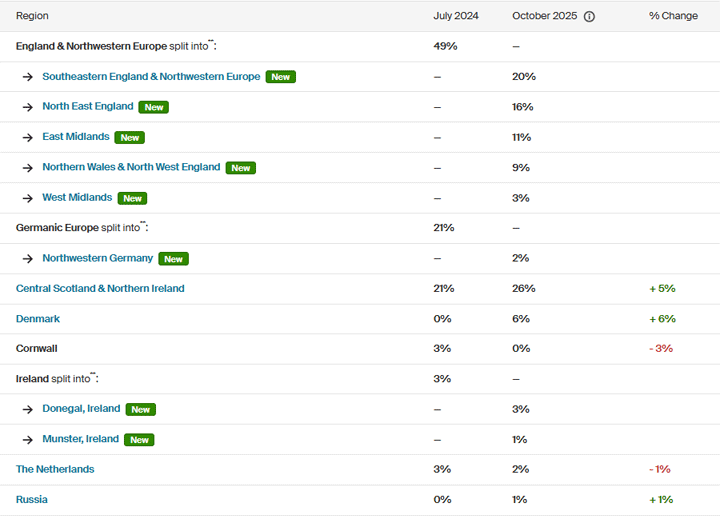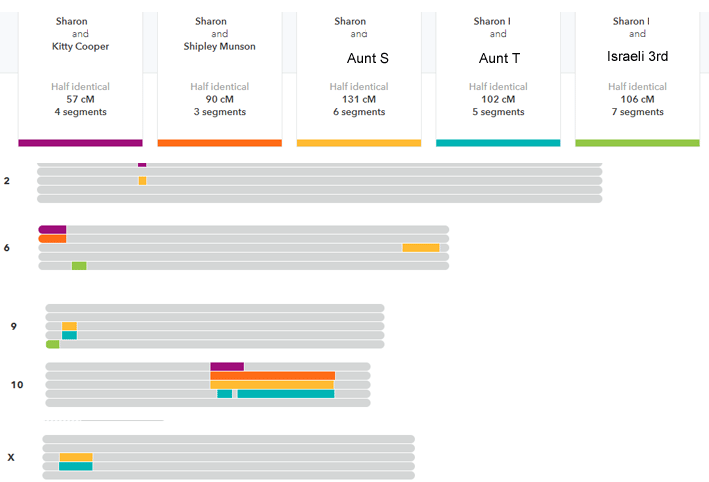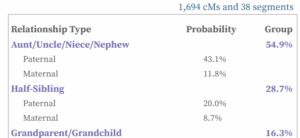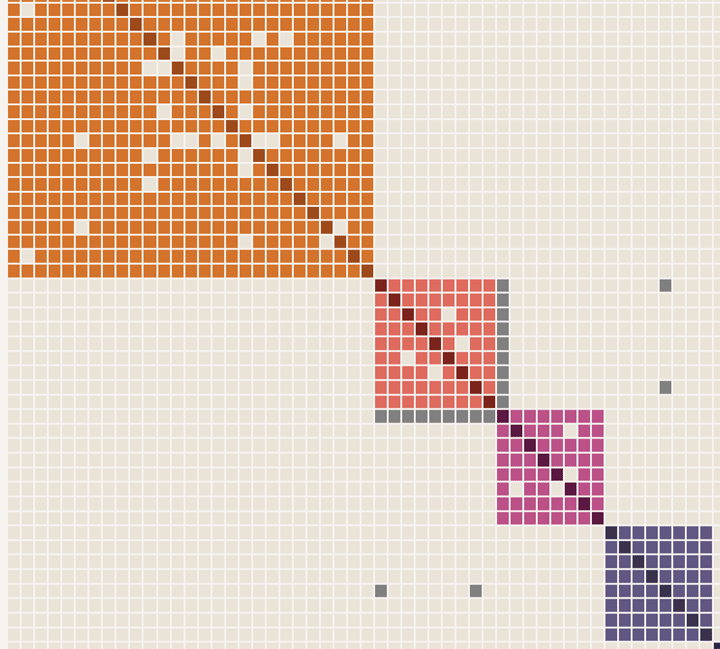A few months ago, my family had a good DNA match (about 151 cm for my aunt) at 23andme to our Bavarian side. This was Mary, who had been adopted as a baby back in 1950 from a Munich orphanage. She knew her birth mother’s name but not her father’s. She had no other significant matches at 23andme besides my family, so we needed to get her into more DNA databases to figure this out.
I sent her an Ancestry kit I had on hand and ordered a MyHeritage kit for her as well. Germany does not have very many people who have tested their DNA so typically my matches on those lines are Americans with Bavarian ancestors. However, there are a few tested Germans at MyHeritage.
While we waited for the new test results, I had her upload her DNA to GEDmatch so I could compare her to my known German cousins there. To my surprise, she matched my half second cousin in Bavaria at 91 cM. This is a line I have not researched deeply. I was hoping she matched my grandmother’s other side which I have much more information on. Luckily I am in touch with that cousin’s granddaughter Katharina, who enjoys doing genealogy. We found each other on GENI because she is descended from my great grandfather Benedict Reiner via a different partner (click here for that story)
Benedict’s mother Anna Reiner had several partners and at least two husbands so my plan was to start by building the trees of her other descendants. Naturally I fired off an email to Katharina and asked her what she knew. She sent me quite a bit of information and got involved in helping. She said to me “Now I remember why genealogy brings me so much joy — it’s just so fascinating!” Sadly many of Anna’s children had died before reaching an age to have children themselves and only one had moved to Munich.
The Ancestry results came in and Mary had two good matches (167 cM and 160 cM) who did not match each other or me, although one had a whole family of testers, all matching. Next I copied the Bavarians from their trees into Mary’s tree and then built their trees further back. There were some surnames of interest ….









